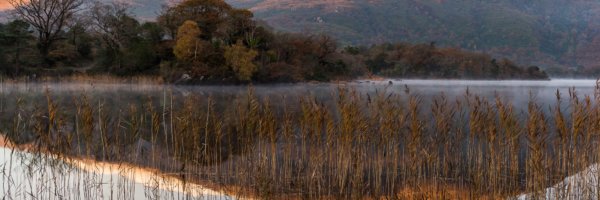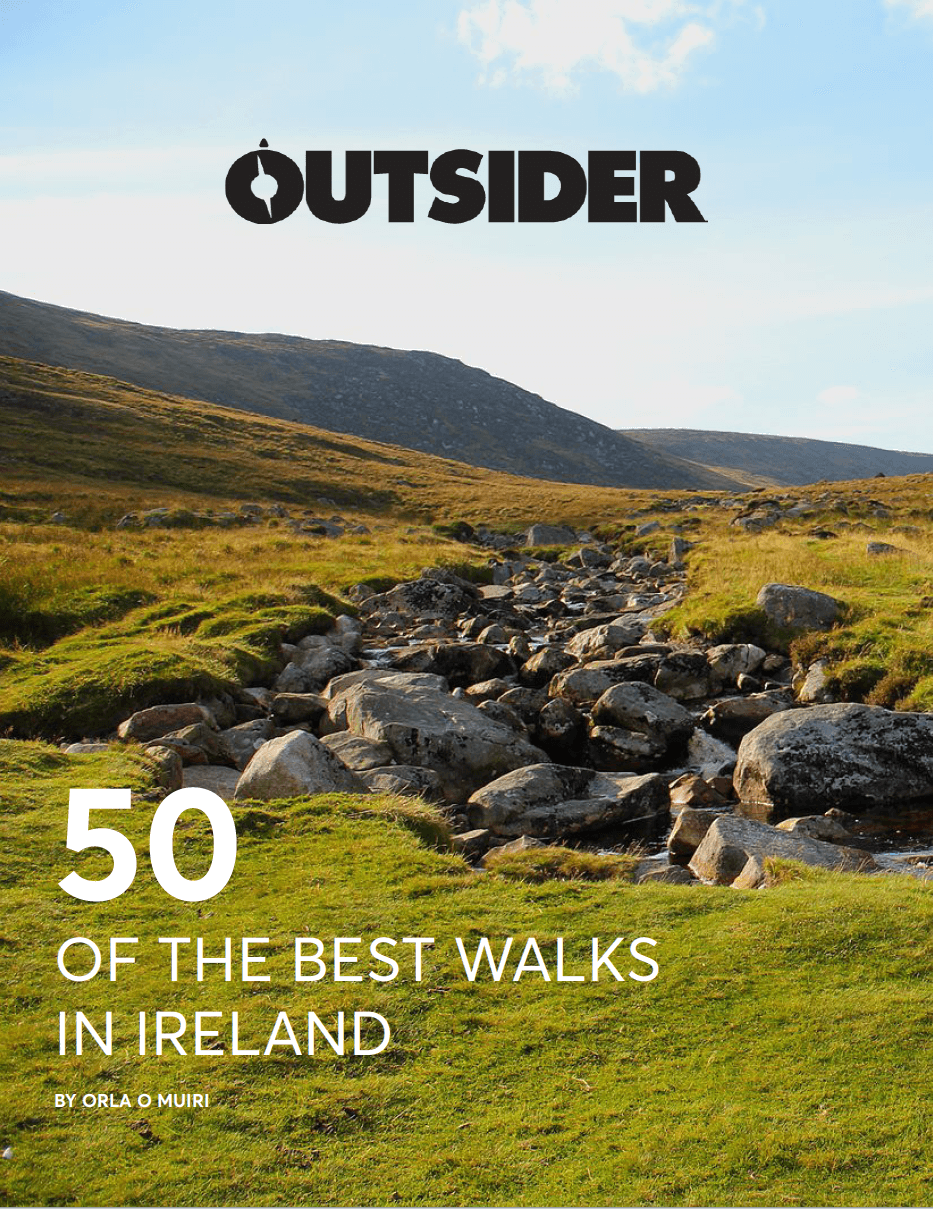Why do we run? For some of us, running gives a sense of peace in our hectic lives – the rhythmic movement of our legs propelling us forward, the calming, cadenced tempo of our breath exhaling our stress. But, for Japan’s Buddhist monks, running is a rigorous way to achieve enlightenment.
For the Buddhist monks belonging to Japan’s Tendai sect of Buddhism, the kaihōgyō is one of the most sacred challenges taken on in order to gain a better understanding of the world. But, this marathon is not for the faint of heart.
The marathon itself takes 1,000 days spread out over seven years to complete and must be completed within a certain regime each year. Only 46 monks have ever completed the feat, and those who fail are historically expected to kill themselves.
The Marathon
The kaihōgyō is held on Mount Hiei, a mountain overlooking Japan’s ancient city of Kyoto. For the first year, a monk must run/walk 30km each day for 100 consecutive days, wearing only straw sandals. Even during the marathon, the monks must perform their regular temple duties, leaving little time for sleep or rest.
At the end of the first 100 days, a monk is permitted to withdraw from the sacred challenge. However, if one decides to continue and embark on the second stage of the feat, they will no longer be permitted to stop. If a monk fails to complete the journey, tradition demands that he take his own life. The trail run by the monks around the mountain is filled with the graves of monks who could not complete the journey.
If the monk continues, the next two years are organized in the same manner: the monk must run/walk 30km per day for 100 consecutive days, offering prayers at shrines along the way and continuing to perform sacred duties at the temple.
In the fourth and fifth year, the tempo increases to 30km per day for 200 consecutive days. During these days comes the most difficult part of the sacred journey.
The Fast
After the fifth year of the marathon, the monk must perform the dōiri, a nine-day ritual in which the monk abstains from food, water, sleep, or rest. The monk will sit in the temple at Mount Hiei and continuously pray for nine-days straight. The longest any human has ever survived without sleep is 11 days. This ritual is meant to be a near-death experience that enlightens the monk even further. If the monk survives the ritual, he is then permitted to continue that marathon, running 60km per day for 100 consecutive days in the sixth year. In the seventh year and final year, the monk will run 84km per day for 100 consecutive days, and then 30km per day for 100 days.
By the end of the seven years, the monk has run the distance that about equals the circumference of the Earth.
Check out our Hard as Nails podcast:
Like this? Check out these other articles:











